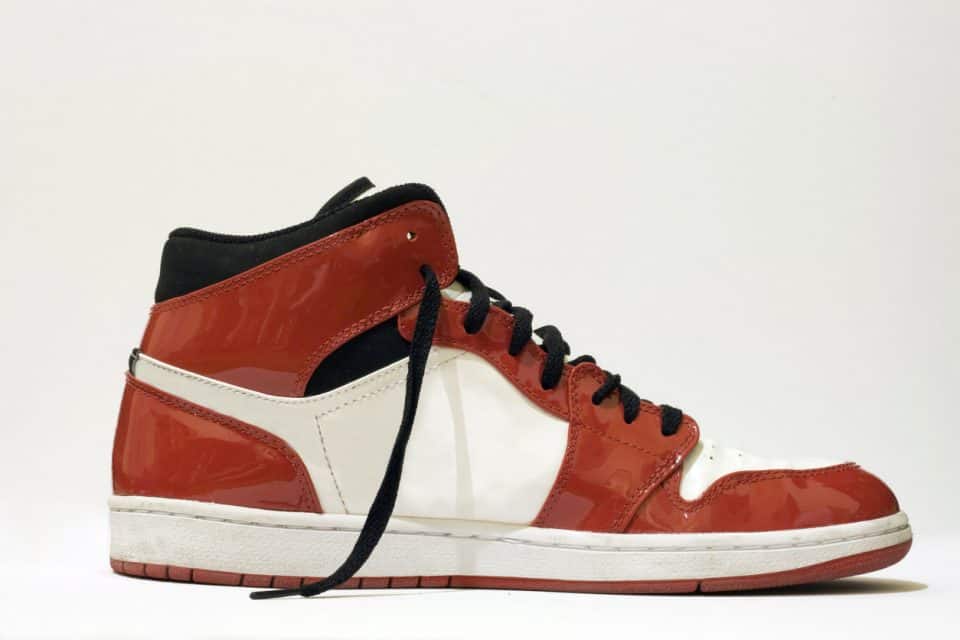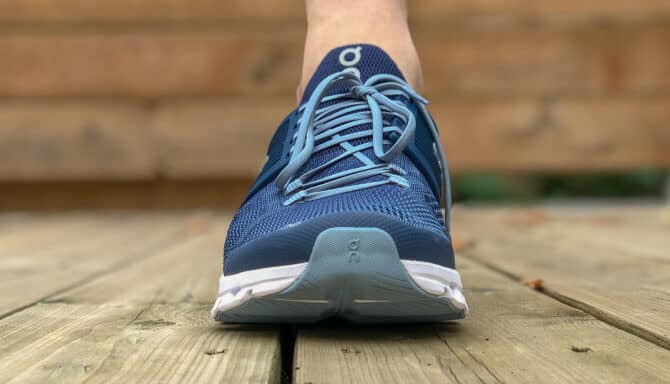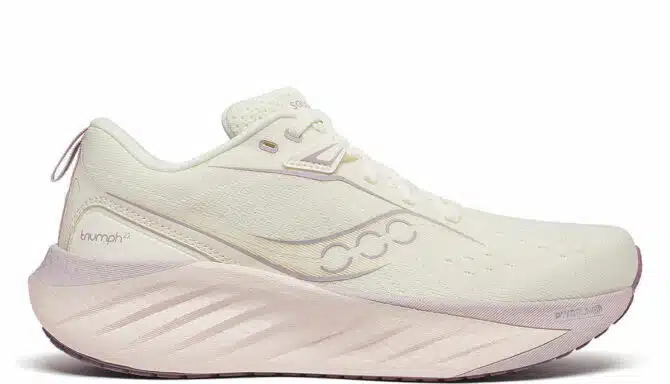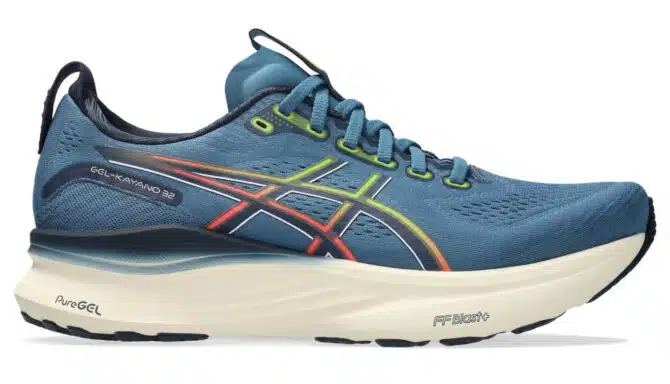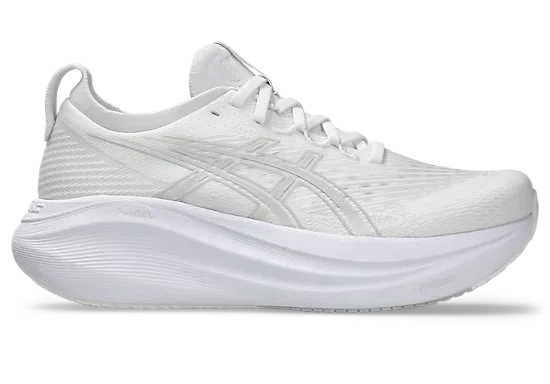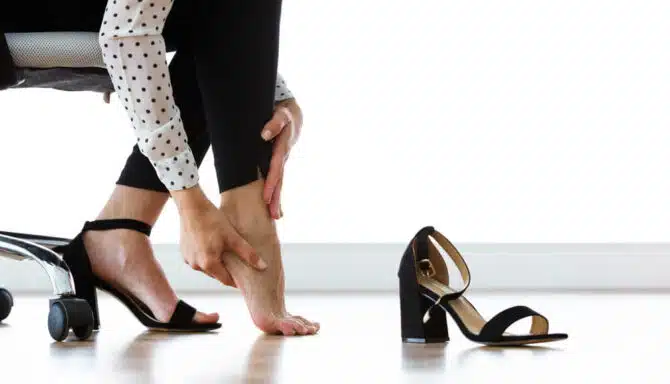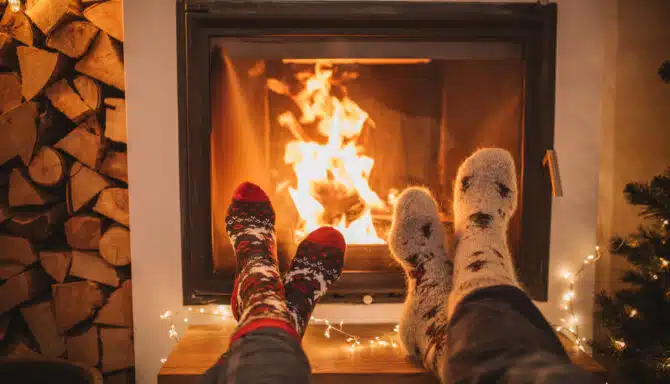What’s the deal with a shoe’s drop?
Drop is the height of a shoe’s heel minus the height of a shoe’s toe. If they’re the same, it’s zero. If there’s a difference, the shoe has at least some drop. This measurement is in millimetres, so even if there is a difference, we’re not talking about anything major. However, when you’re running and landing on the ground over and over, a small difference can have a big effect.
The point of a shoe’s drop is to reduce stress on certain parts of your body. By artificially keeping your foot in a certain position, a shoe’s drop can reduce pressure on the Achilles and calves.
Drop shouldn’t be the only consideration when choosing shoes, because it’s just one metric. For example, two shoes with a 4 mm can feel completely different. The amount of cushioning, firmness, structure of the shoe, as well as the intended purpose all play factors.
That said, this guide will help you choose shoes within the same category of drop. Within each range, we provide a few examples of shoes that fall within the given category.
Zero drop
https://www.instagram.com/p/Bl-qkg-njcS/
Zero drop refers to no difference between the heel and toe height on your shoes. However, note that there can be varying degrees of heights depending on the shoe, like cushioned or minimal, for example, the offset refers to the height of the heel minus the height of the toe.
Zero drop running shoes mimic how your foot sits on the ground, as naturally, it lies flat. These types of shoes are best for those who forefoot or midfoot strike. By strike, we mean the first point of contact with the ground when landing.
In theory, zero-drop running shoes promote shorter strides, and a more efficient running economy since you’ll be running like you’re barefoot. They allow the foot to operate more naturally, and can prevent overstriding because there’s no artificial support in place like higher-drop shoes.
Note that zero drop running shoes are arguably the most difficult shoes to transition into because of their scarcity in the market. Traditionally, most people wear shoes with at least some drop. Any inefficiencies in your stride will be exacerbated with zero drop running shoes, so only use them if you’re comfortable going with a more natural, less structured shoe.
The most popular brands that manufacture zero drop running shoes include Altra, Topo and Merrell. Altra is by far the most well-known zero drop running shoe brand and the Escalante and Torin are two of their top sellers. Although they’re known among trail runners and ultrarunners, they make road running shoes too.
- Altra Escalante 1.5
- Altra Torin 4
- Topo Magnifly 2
- Merrell Trail Glove 4
Low drop (1 to 4 mm)
https://www.instagram.com/p/B0og18qHxyk/
Low drop running shoes are quite similar to zero drop running shoes as they still provide a relatively natural feel, with a bit more structure.
With low drop running shoes, there’s a slight difference in stack heights. The heel is between 1-4 mm higher than the toe, providing a slight forward momentum. Low drop running shoes are great for midfoot strikers because the drop is usually small enough to encourage a natural stride, with just a bit more cushioning around the heel.
The 1-4 mm drop range is the bread and butter of many brands, including Hoka One One, Saucony, and Asics. You’ll find that many workout and racing shoes are in this range as well.
- Saucony Freedom ISO 2
- Hoka One One Bondi 6
- Saucony Zealot ISO 3
- New Balance Men’s Vongo v3 Fresh Foam
- Saucony Kinvara 10
Medium drop (5 – 8 mm)
https://www.instagram.com/p/B2UXewDl3Pl/
Medium drop running shoes are like low drop running shoes. This category would fall in the middle of the spectrum. Unlike low drop shoes, medium drop are better suited for heel strikers and those who want to alleviate stress to their Achilles and calf muscles.
- Hoka One One Clifton 9
- Saucony Ride ISO 2
- Saucony Guide ISO 2
- Asics GT-1000 8
High drop (9+ mm)
https://www.instagram.com/p/B2sHGY8hxEh/
Shoes with high drop typically fall under the stability category of running shoes. Generally, if you have inefficiencies in your stride, or are an overpronator, shoes with higher drop have more corrective features to limit the damage running does to your body. High drop shoes are also ideal for those with notoriously tight calves, and for heel strikers.
Alternatively, high drop shoes – a greater amount of cushioning in the heel than the toe – are shoes with a lot of padding underfoot. Like we mentioned, highly-cushioned shoes with significant drop are ideal for heel strikers. This is because with extra padding at the heel, the shoe won’t break down as quickly. So, you’ll have support where you need it for longer.
- New Balance 860v10
- Nike Zoom Fly Flyknit
- Brooks Launch GTS 10
- Asics Gel Kayano 26
Check out a wide variety of shoes that we carry in-person at Feet First Clinic. Stop by Monday-Friday between 10 a.m.-7 p.m. and Saturday 10 a.m.- 4 p.m. or make an appointment today.
